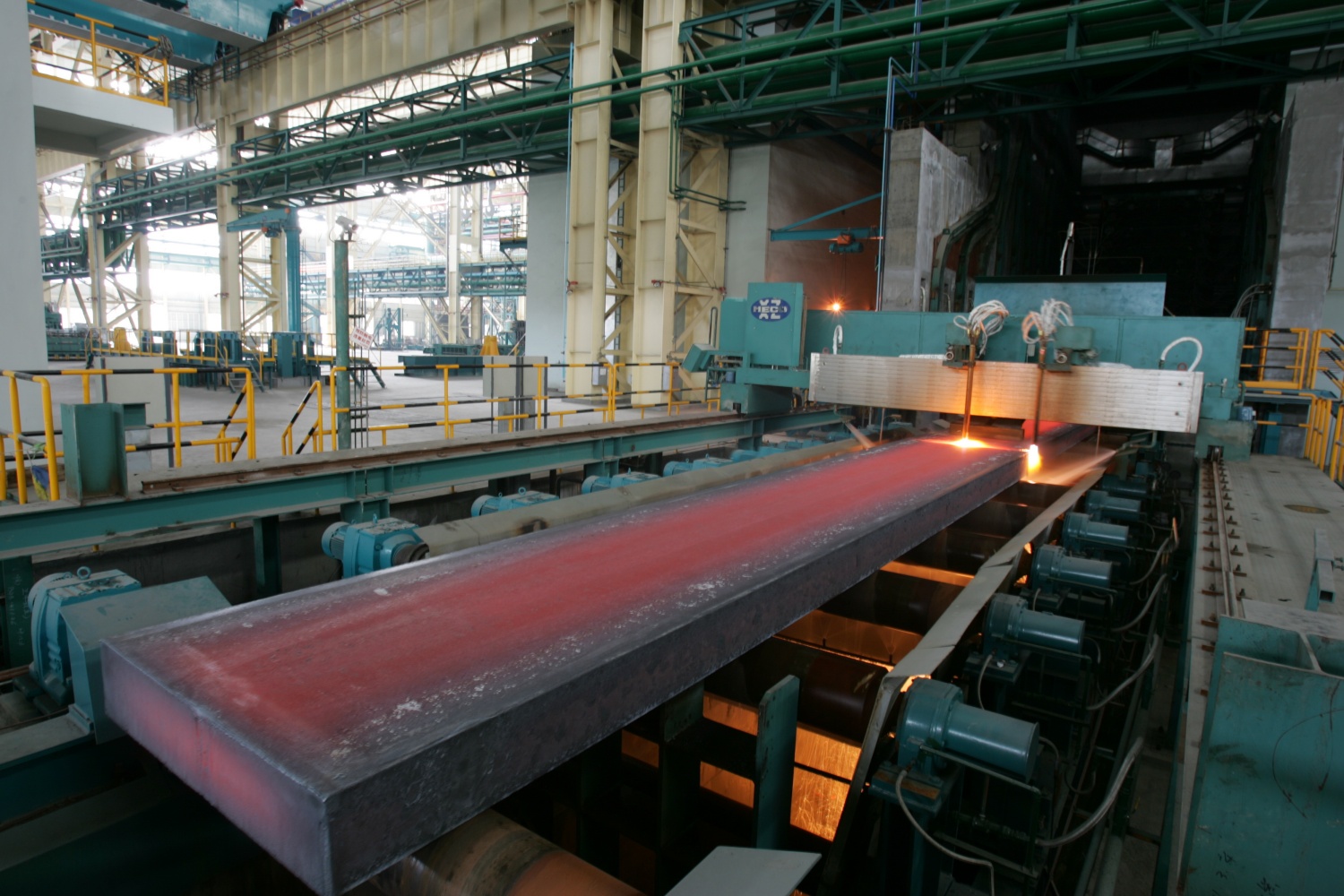Pipeline steel refers to a class of steel with special requirements used for transporting oil, natural gas and other pipelines. Depending on the thickness and subsequent formation, it can be produced by hot tandem rolling mill, furnace rolling mill or medium and thick plate rolling mill, with spiral welding or UOE forming.
Modern pipeline steel belongs to low carbon or ultra-low carbon microalloyed steel, is a product of high technology content and high added value, pipeline steel production has applied almost all the new technological achievements in the field of metallurgy in the past 20 years. At present, the development trend of pipeline engineering is large pipe diameter, high pressure gas rich transportation, cold and corrosive service environment, thick wall of submarine pipeline. Therefore, modern pipeline steel should have high strength, low Bauschinger effect, high toughness and brittleness resistance, low welding carbon content and good weldability, and resistance to HIC and H2S corrosion.
Pipeline steel is an important kind of steel, which is widely used in various pipeline systems. Its production and application are of great significance to ensure energy supply and maintain national security. With the progress of science and technology, the performance of pipeline steel continues to improve, and it is expected to play a role in more fields in the future.

